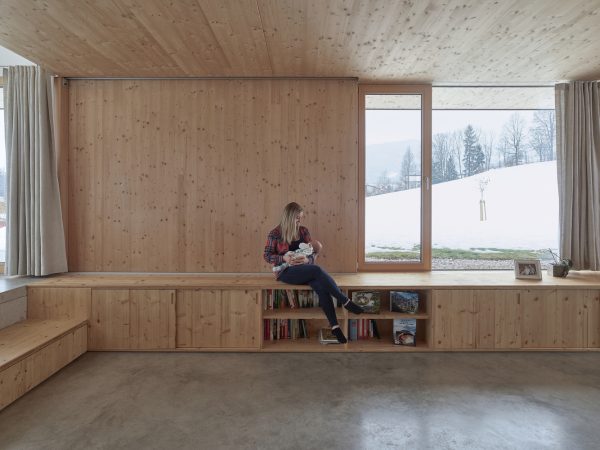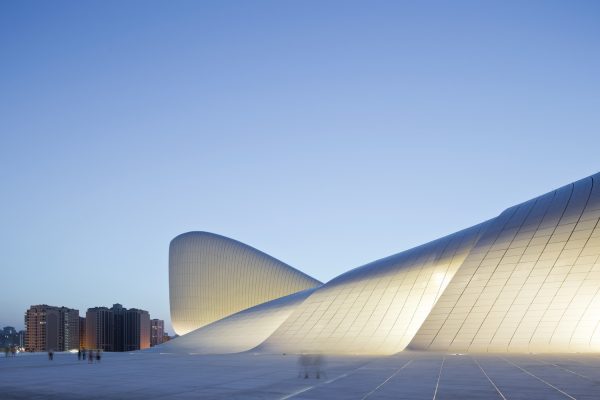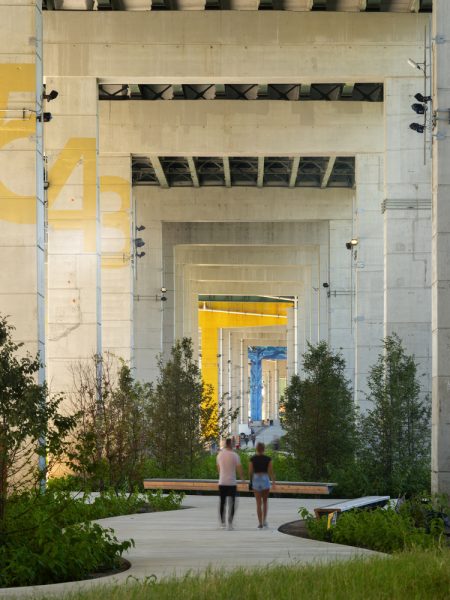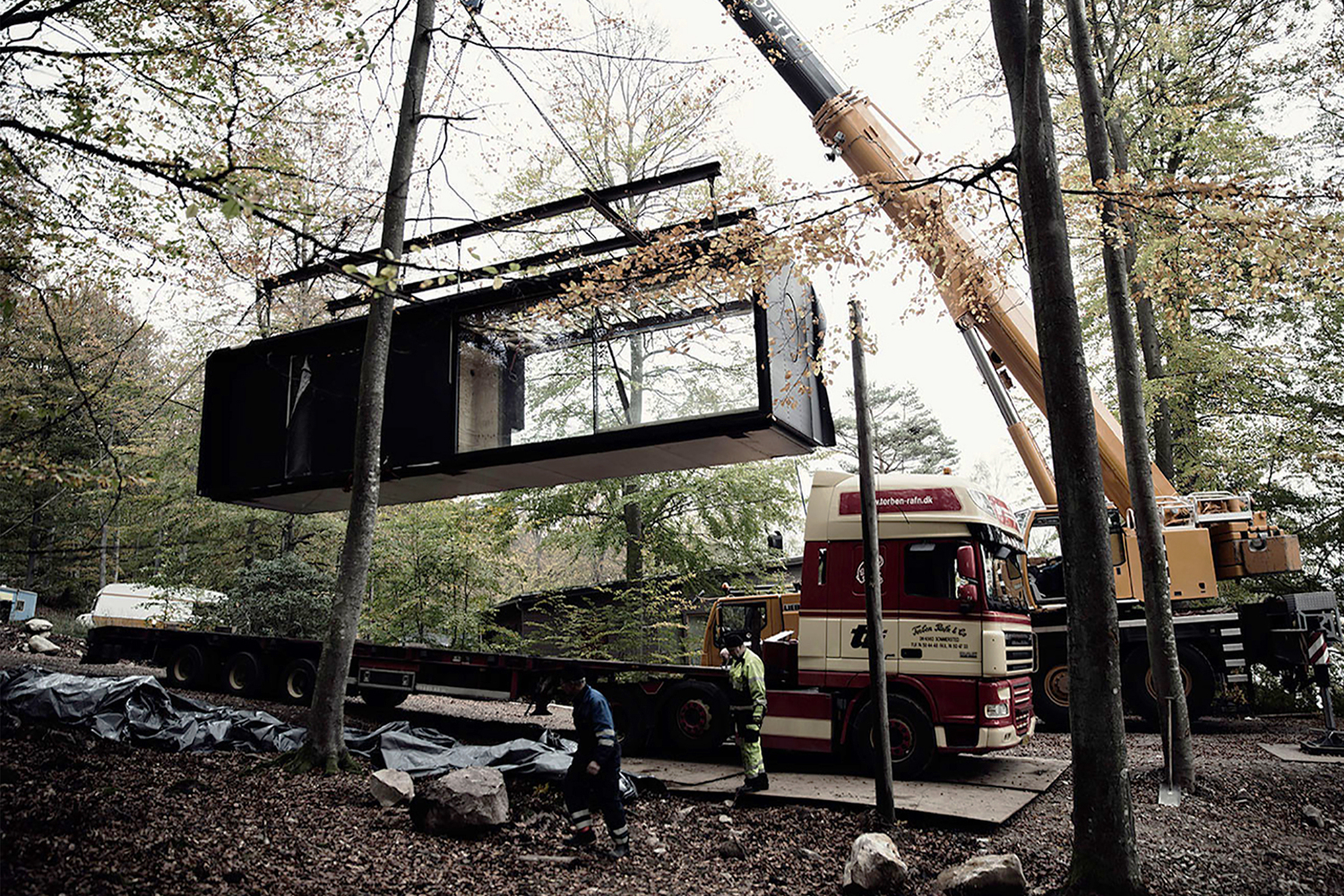
The trend of pre-designed and pre-fabricated homes is on the rise, shifting a significant portion of the construction process from the traditional building site to factories. While countries like Singapore, Australia, and the United Kingdom are increasingly turning to modular buildings to address labor and housing shortages, Nordic countries like Sweden have long embraced prefab wood, constructing 90% of residential single-family houses using this method. Despite its recent surge in popularity, off-site building is not a new concept. Historically, it has been utilized in various attempts to streamline construction processes: as far back as A.D. 43, the Roman army transported prefabricated forts to Britain, and Japan has been employing off-site wood construction and pre-assemblies for over a millennium.
However, it wasn’t until the post-World War II era that the United States saw one of the largest efforts in entirely prefabricated housing. Although it provided higher quality housing solutions to vulnerable groups, the method faced criticism. The notion that housing could be standardized and mass-produced in factories rather than crafted and personalized drew backlash, ultimately leading to its commercial failure. Contrary to this earlier response, prefab construction is now dominating the market, extending beyond single-family homes to encompass hospitality and healthcare spaces, and even the construction of the world’s tallest buildings.
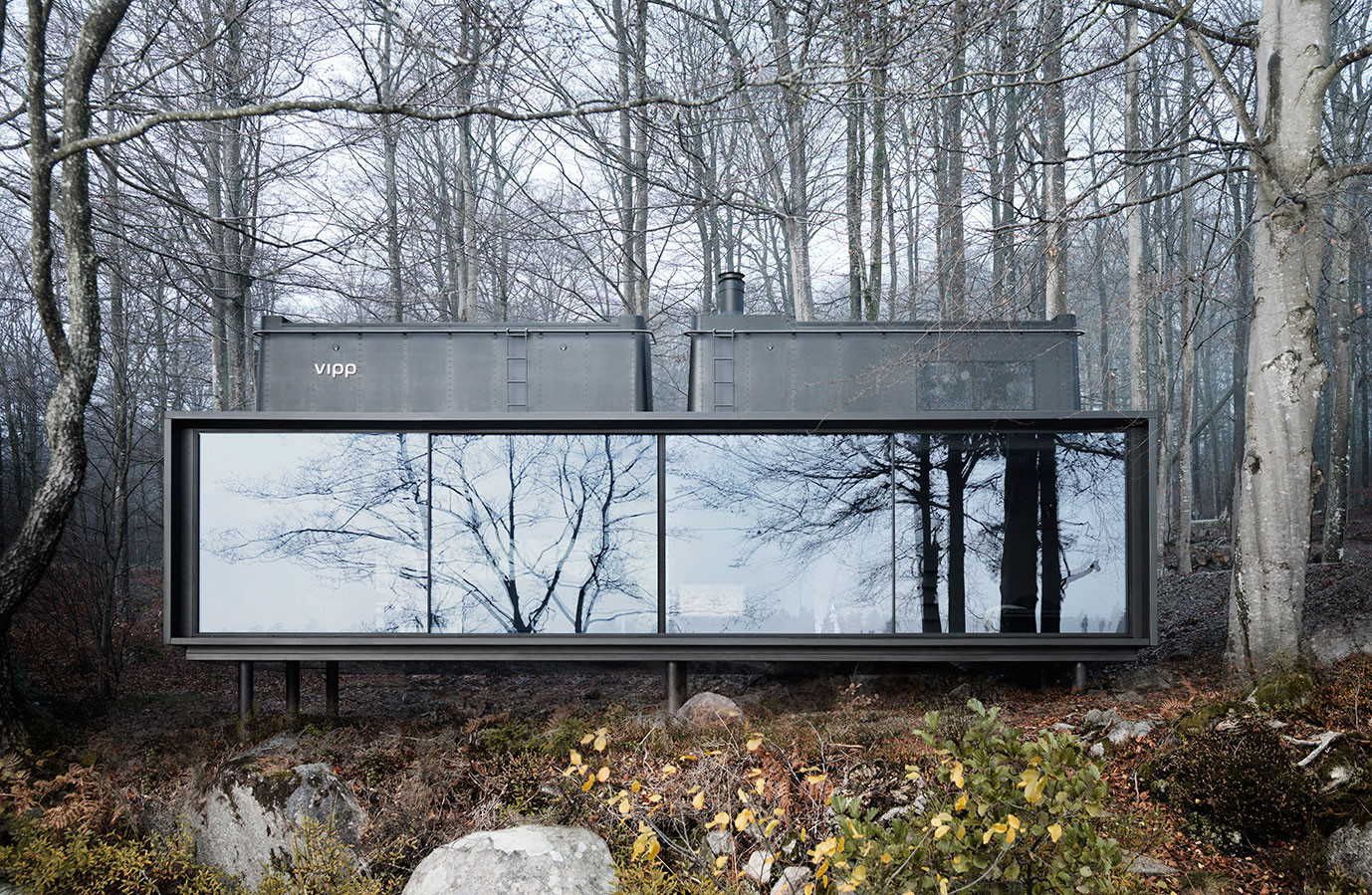

So, why this rising interest in prefabricated construction?
The solution is quite straightforward: we can do it better now. In this era of automation and technology, innovative digital tools are revolutionizing prefabrication. Design and construction processes often revolve around BIM, a digitalized framework that provides a comprehensive, integrated representation of a building throughout its lifespan, enabling collaboration among various disciplines within a single intelligent workflow. Additionally, Open Source platforms allow users worldwide to access their preferred home designs, while E-commerce giants like Amazon or Alibaba can deliver prefabricated materials directly to construction sites. Rather than producing standardized, repetitive buildings for different users, these new technologies empower clients to participate in the process and enable buildings to adapt to evolving needs.
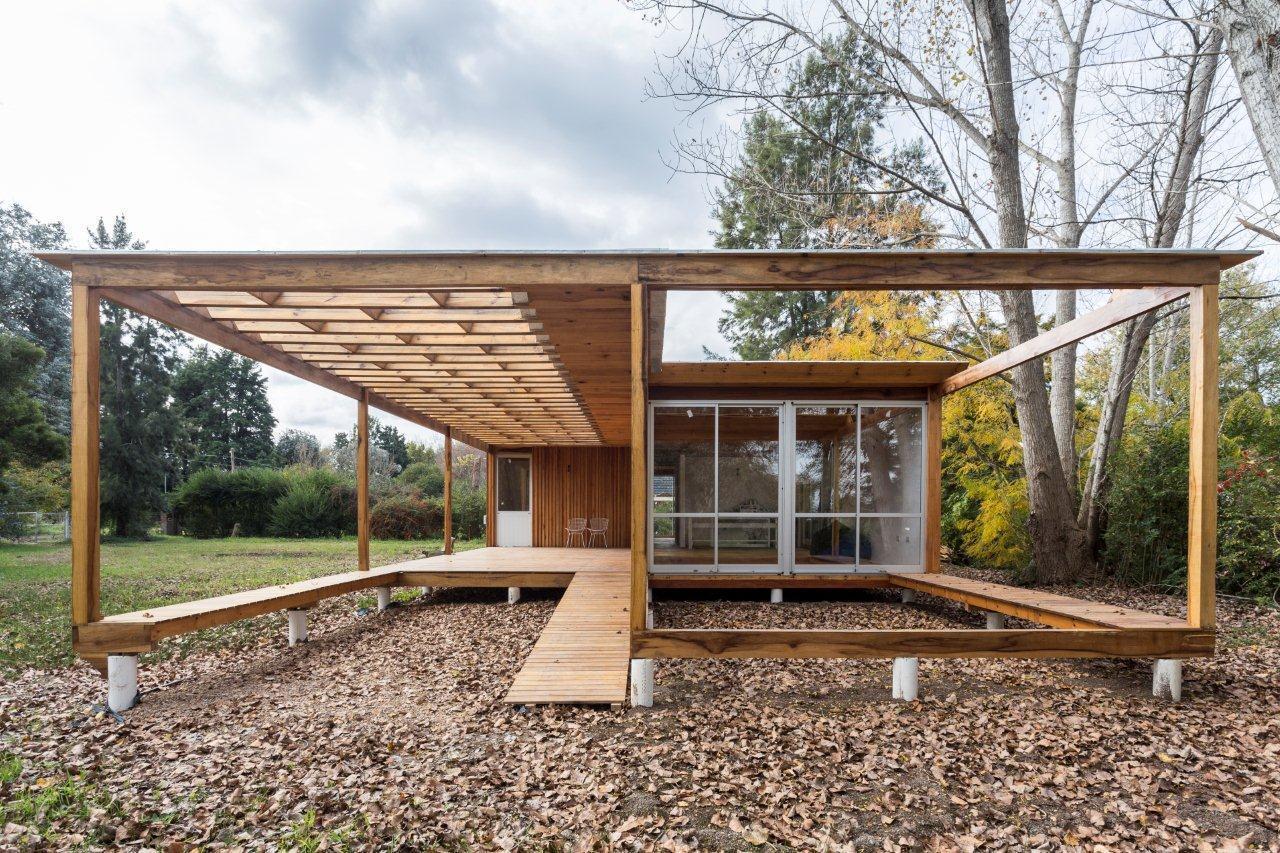
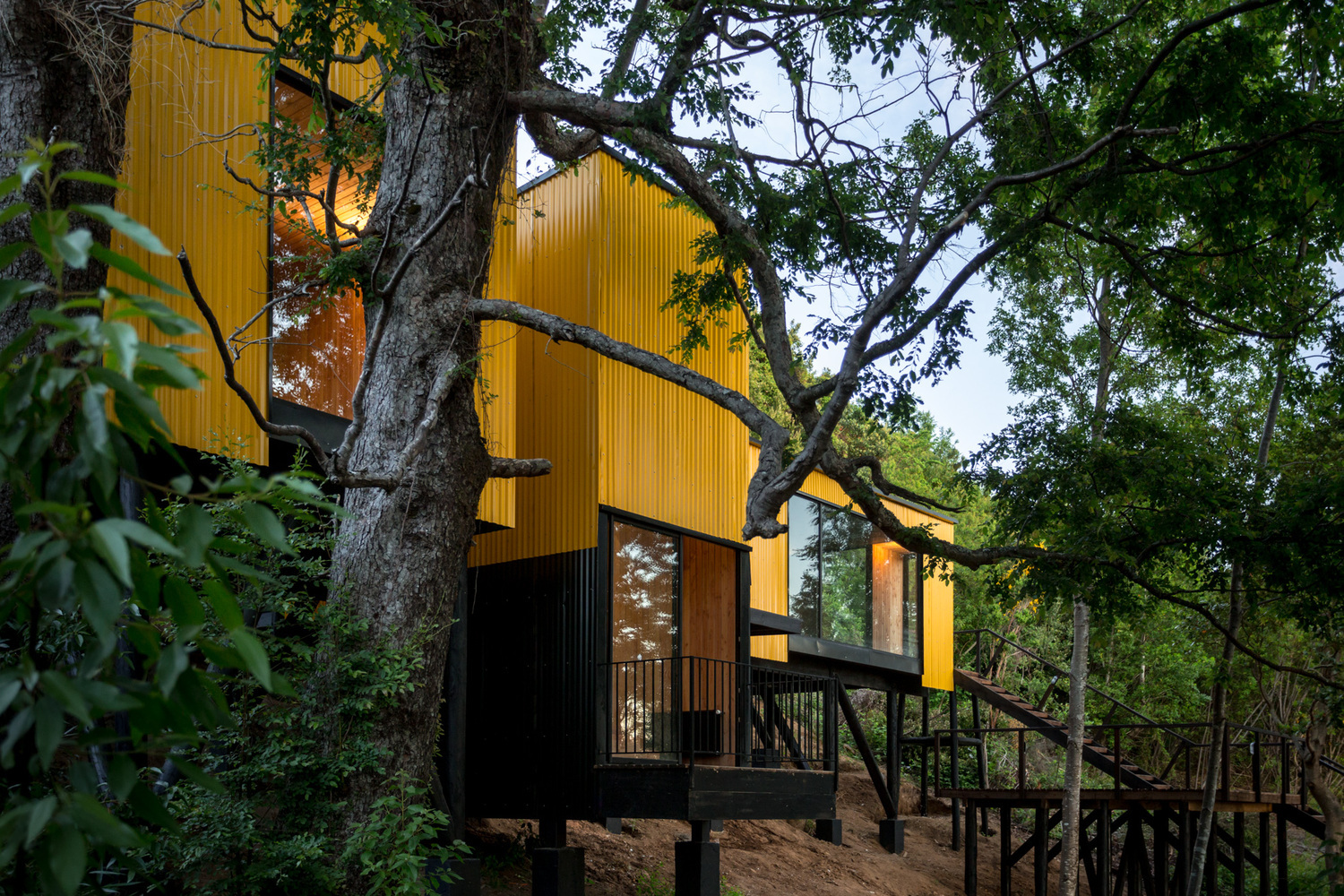
Hence, it’s evident that off-site construction, fueled by digital innovation, is fundamentally reshaping the landscape of architectural design. This prompts significant inquiries: How can we embrace these new dynamics to enhance global quality of life? Might this serve as a solution to enhance equitable access to housing?
New architectural possibilities introduced by off-site digitalized methods
The concept of prefabrication entails producing elements, parts, or entire buildings in a factory and then transporting them to the construction site for swift installation. Unlike traditional construction methods, which are often prone to human error and site-related challenges, prefabrication relies on efficient automated processes. As a centralized approach, off-site construction offers speed, safety, regulatory compliance, and reduced coordination efforts, resulting in enhanced productivity and superior quality control. Its primary advantage lies in facilitating a controlled, precise, and dependable process with minimal rework and surprises. Moreover, the increased centralization and control contribute to reduced site disruptions and waste, thereby cutting costs and minimizing greenhouse gas emissions.
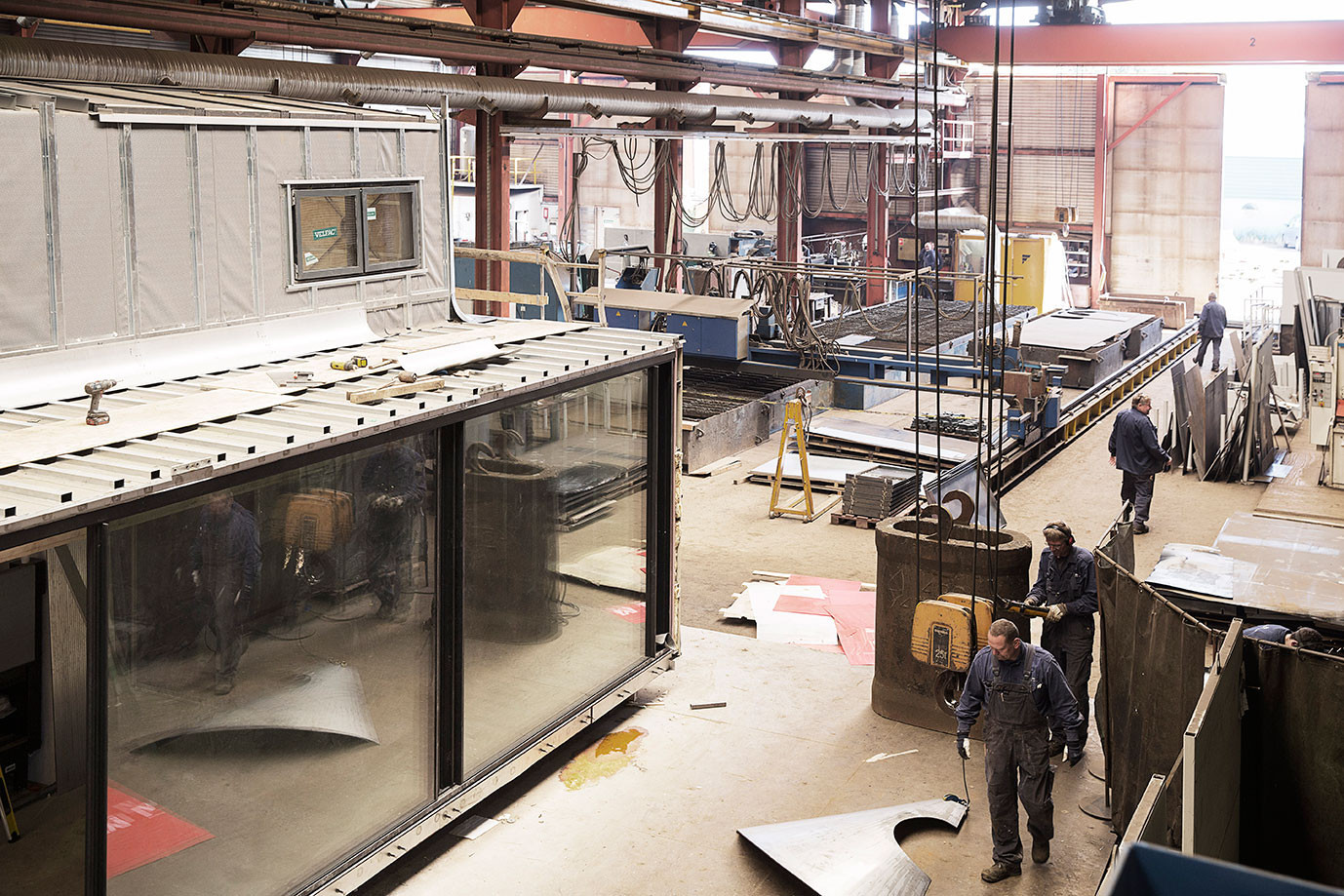

As prefab buildings are erected faster, at lower costs, and with greater sustainability, more individuals can access top-quality homes, a critical consideration as the global population is set to increase by 2 billion by 2050. However, to prevent repeating past mistakes, it’s crucial to leverage the possibilities offered by digitalized, pre-designed construction. Construction is commonly perceived as a risky, costly endeavor that can stifle innovation. Yet, by relocating it to factories and incorporating digital technologies like BIM, prefab buildings can become more experimental, innovative, and responsive to evolving needs and demands. Innovations such as Open Source software enable clients to actively participate in the creative process by offering a range of customizable design options, ensuring that projects can adapt to diverse requirements.
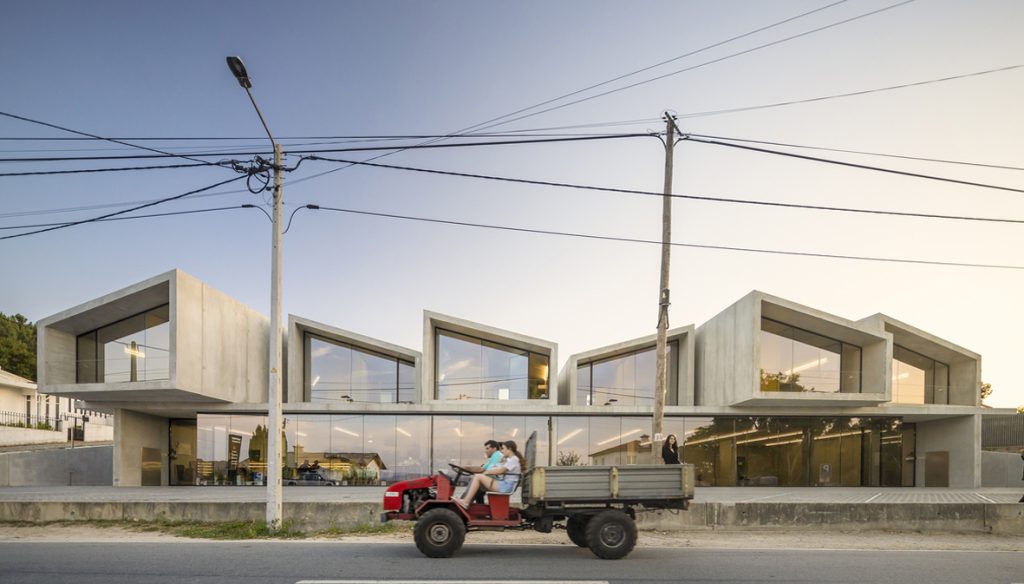
Ultimately, modern prefabricated construction can transcend the modular “one size fits all” approach by facilitating a more efficient and collaborative design process, even within an industrial framework. Architects must adjust to these off-site methods by engaging in partnerships with producers and prioritizing elements such as urban planning, comfort, and sustainability. As the pandemic exacerbates housing shortages and the climate crisis intensifies, the mandates for architecture are evident: projects must be constructed with greater speed, intelligence, environmental consciousness, and adaptability, now that these possibilities exist.
Innovative materials for prefabricated buildings
The surge in off-site construction owes much to innovative, high-performance, and eco-friendly materials that are both lightweight and cost-effective. Numerous products on the market meet these requirements, among them Saint-Gobain’s Novelio Nature and Plaka. The former is an environmentally friendly glass fiber wallcovering that strengthens surfaces, boasts exceptional durability, and offers an array of color options, while the latter provides sturdy gypsum boards for interior walls and ceilings. Both are utilized in a VMD Prefabricated House, available for online customization and ordering, and constructed within 99 days using sustainable materials. With its unwavering commitment to quality, this project exemplifies what all contemporary prefab buildings should strive for: a distinctive, adaptable space that is minimally disruptive, long-lasting, and visually appealing.
